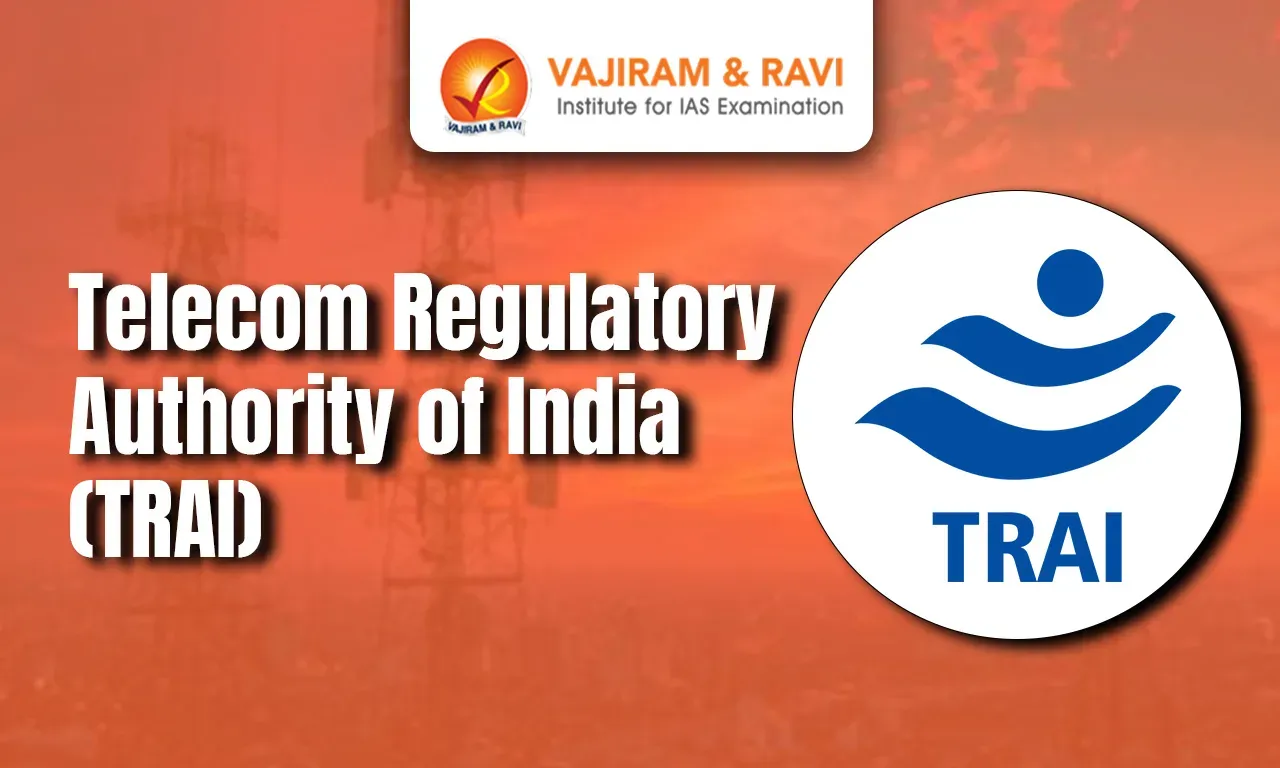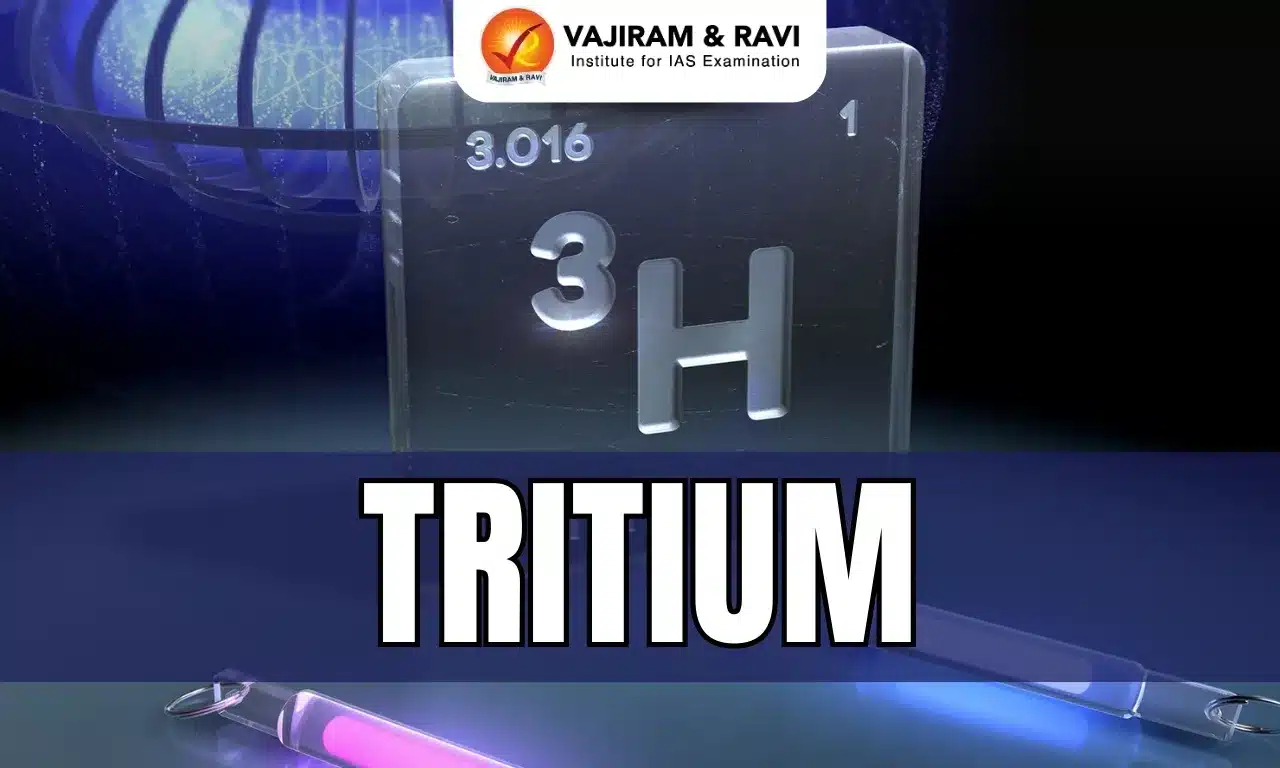Telecom Regulatory Authority of India (TRAI) Latest News
The JCoR meeting, held at TRAI headquarters, New Delhi, emphasised the need for a unified and collaborative approach to combat spam and fraudulent calls, especially targeting senior citizens.
About Telecom Regulatory Authority of India (TRAI)
- Established under the Telecom Regulatory Authority of India Act, 1997, passed by Parliament.
- Primary mandate: To regulate telecom services in India, including tariff fixation/revision, which was earlier the domain of the Central Government.
- Scope of regulation: Covers areas like tariffs, quality of service, interconnection, spectrum management, and consumer protection in the telecom sector.
- Policy role: Issues regulations, recommendations, and orders that guide telecom policy-making and market practices.
Composition of TRAI
- Consists of a Chairperson, a maximum of two full-time members, and two part-time members.
- Appointments are made by the Central Government.
- Tenure: Members serve for three years or until the age of 65 years, whichever is earlier.
Extent of Government Control over TRAI
- Not a fully independent body – operates under certain executive constraints:
- Under Section 25 of the TRAI Act, the Central Government can issue binding directions to TRAI.
- TRAI’s funding is provided by the Central Government.
- TRAI’s recommendations are advisory, not binding; however, the Government must consult TRAI for licensing of service providers and related matters.
- TRAI can notify telecom service rates in the Official Gazette for services within and outside India.
Joint Committee of Regulators (JCoR)
- Objective of JCoR: A TRAI-led platform for fostering cross-sectoral collaboration between regulatory bodies across telecom, IT, consumer affairs, banking, insurance, and financial markets.
- Created to address regulatory challenges in the digital ecosystem, especially in areas like fraud prevention, spam control, and digital consumer protection.
- Members: Includes representatives from RBI, SEBI, IRDAI, PFRDA, MoCA, MeitY, with DoT and MHA as special invitees.
Telecom Regulatory Authority of India (TRAI) FAQs
Q1. When was TRAI established?
Ans. TRAI was established on February 20, 1997 under the Telecom Regulatory Authority of India Act, 1997.
Q2. Is TRAI a statutory body?
Ans. Yes, TRAI is a statutory body created by an Act of Parliament — the TRAI Act, 1997.
Source: PIB
Last updated on July, 2025
→ UPSC Notification 2025 was released on 22nd January 2025.
→ UPSC Prelims Result 2025 is out now for the CSE held on 25 May 2025.
→ UPSC Prelims Question Paper 2025 and Unofficial Prelims Answer Key 2025 are available now.
→ UPSC Calendar 2026 is released on 15th May, 2025.
→ The UPSC Vacancy 2025 were released 1129, out of which 979 were for UPSC CSE and remaining 150 are for UPSC IFoS.
→ UPSC Mains 2025 will be conducted on 22nd August 2025.
→ UPSC Prelims 2026 will be conducted on 24th May, 2026 & UPSC Mains 2026 will be conducted on 21st August 2026.
→ The UPSC Selection Process is of 3 stages-Prelims, Mains and Interview.
→ UPSC Result 2024 is released with latest UPSC Marksheet 2024. Check Now!
→ UPSC Toppers List 2024 is released now. Shakti Dubey is UPSC AIR 1 2024 Topper.
→ Also check Best IAS Coaching in Delhi
Tags: Prelims Pointers telecom regulatory authority of india (trai) upsc current affairs upsc prelims current affairs















